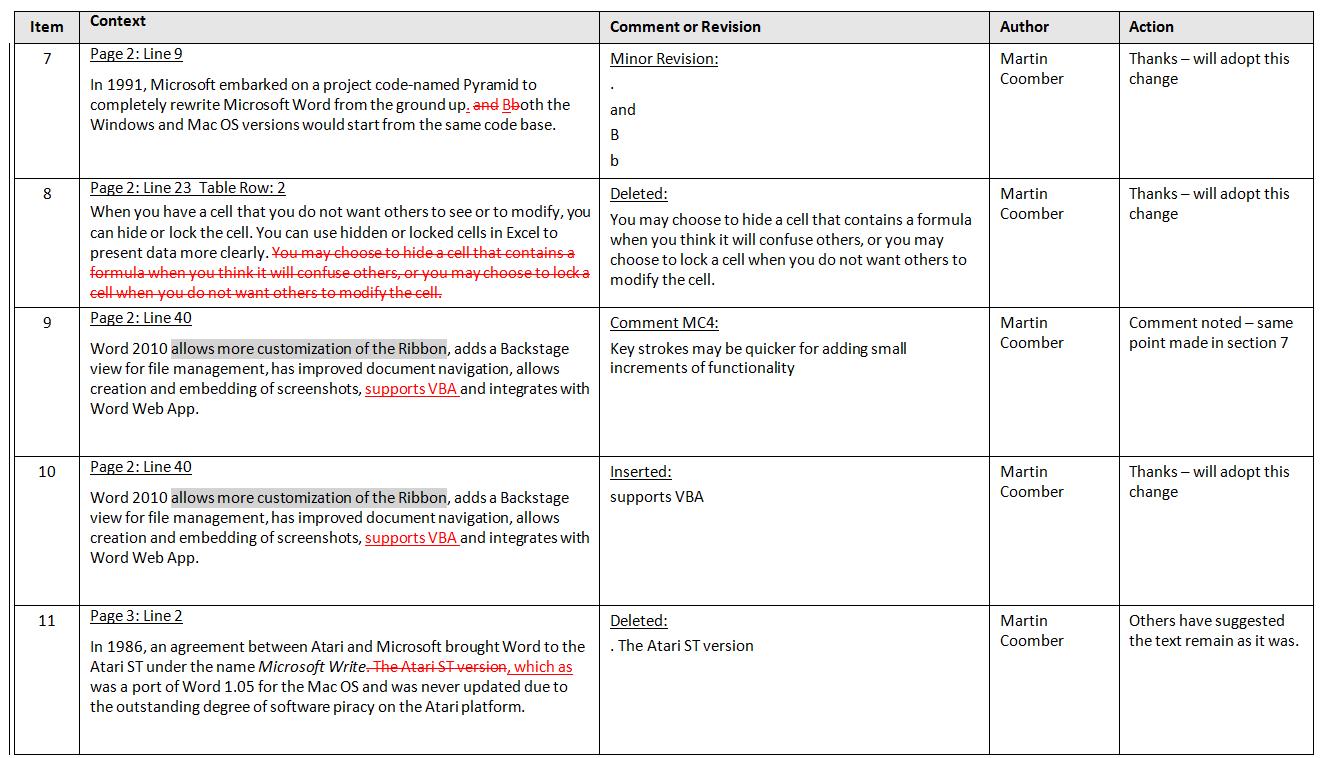Over the past several years I have heard an increasing number of complaints from a large number of Agile adherents accusing organizational management of expecting Agile to be a silver bullet (usually stated as “the next silver bullet” although I am not sure what other “silver bullet” Agile is replacing).
These accusations usually occur when there are problems with Agile or the approach does not work as advertised and organizational management pulls the plug or reverts to more traditional software development or management approaches. These complaints are not unique to the Agile community, although they do seem to be somewhat IT related in general. Hearing them got me to thinking about the whole concept of the silver bullet, the results of which follow.
We in IT are fond of condemning management of organizations for continually looking for “The Silver Bullet”. There is certainly some evidence to support IT’s contention that management expects a “magical” solution to business problems. We can cite many instances of technologies or approaches in IT that rose to preeminence and then were cast aside as not having The One Answer: Business Process Re-engineering comes to mind as an example.
Perhaps we feel we in IT have a greater insight into how things work since Fred Brooks paper was published back in 1986 titled “No Silver Bullet – Essence and Accidents of Software Engineering.” And to a large degree, technology, headed by computer technology, has been the victim of “the next great thing” for decades. Since we in IT are the ones producing “the next great thing” perhaps, like Pogo, “we are the Silver Bullet that we complain about”. [1]
The Evolution of the Silver Bullet
For those not aware of the legend of the silver bullet, in folklore a silver bullet fired from a gun is the only way to kill a werewolf. (Note that the silver bullet was also used by the fictional Western character, The Lone Ranger, as a calling card and a symbol of law and order. We are not referring to that particular use of silver bullet in IT.) Initially, in common parlance, a “silver bullet” referred to the only successful solution to a given problem or situation (to kill a werewolf for example). It was a positive concept. I can remember management meetings in which someone would say, “well, that looks like our silver bullet to resolve the issue.” And it was.
Since Brooks’ article, “silver bullet” has become a pejorative term usually applied to management with the emphasis on the fictional aspect of the concept: there are no werewolves, and, therefore, no “magic” silver bullets to kill them. In other words, there is no single approach or technology that will solve a complicated business problem.
Deus ex Machina
Perhaps we in IT might be better served by using the term Deus ex Machina rather than silver bullet. The Deus ex Machina, Greek for “god from the machine”, was a device used by playwrights, and others, to get the hero or protagonist out of an impossible situation by means of some unexpected, and marginally believable, power or event that occurs to save the day. Usually, in Greek plays it was portrayed as some god arriving in a chariot when things were darkest for the heroes (the monster was about to devour them, or the enemy wipe them out) to set things right and to save the day.
Deus ex Machina might be a better analogy for the single magical solution that management would like to see to solve its business problem: A new product, or technology, or approach that would get them out of whatever difficulty they are in, and most likely got into by their own actions, or lack thereof.
However, Deus ex Machina is hard to say and is not quite that familiar. After all, Greek drama is not a common course for MBAs, not to mention IT curricula. So it looks like we will have to live with the term “silver bullet”.
There is a Silver Bullet
The logical binary oriented computer and IT people declaim management’s persistent belief in and search for the silver bullet. IT people, especially in software development, and more especially in the Agile approaches, state categorically that there is no silver bullet. This may be a valid, logical conclusion, at least in IT, but it flies in the face of human nature.
We might recall as children getting ourselves into an untenable situation or simply being the victim of circumstances of which we could not get out. The situation seemed hopeless, at least to us. Then our parents or teachers or some other adult produced a solution to the problem, sometimes with money, sometimes with an action they took, and sometimes with some simple adult advice and counsel. Whatever was done, a single solution evaporated the unsolvable problem. And this is the way it is supposed to be. Children trip and fall and the adult gets rid of the pain and comforts the injured so the child can get up and run again. Children try something new that does not work in the adult steps and to make it right. In other words we are used to “silver bullets” even though as we look back as adults on those events, we realize they are simply adult solutions to problems that we as children could not determine. Still, as children filled with a sense of relief that the problem is solved, we would call them “Silver Bullets” if such a phrase were in our vocabulary.
Being so used to “adult intervention” is it any wonder that we humans believe in silver bullets?
Romance and Comedy
Hollywood contributes to our continuing belief in the silver bullet. In romantic movie after comedic movie, the lead character gets something (love of their life, money, etc.), the lead character loses it, and then by some magical happenstance, the lead character gets it back (usually along with some insights) in the third act, and everyone lives happily ever after. Centuries of books, plays, operas, and nearly a century of movies (not to mention television and now Internet shows) have conditioned us to expect some kind of silver bullet to make everything right by the final credits. Regardless of how implausible, Andy Hardy puts on a show to save the orphanage. Cars line up for miles waiting to pay money to visit the Field of Dreams and save the farm from foreclosure. King Richard returns just in time to save Robin Hood from the forces of King John. The real criminal confesses to save the innocent man’s execution just before midnight. And so forth.
Our popular culture continues to reinforce the belief that somehow, someone or something will come along and save the day. More silver bullets.
The 24 Effect
In the very popular television series 24, the lead character, Jack Bauer, played by Kiefer Sutherland, had two often repeated phrases. The first, “dammit”, spawned a college drinking game. The second phrase, repeated in nearly every episode, shows how ingrained the concept of the silver bullet is in our culture. The phrase is “this is the only way”, usually stated after another character recites a laundry list of risks, such as death to Mr. Bauer. Not only is Jack Bauer stating a single solution that will magically solve the problem (the problem of that 15-minute segment anyway) but the solution generally, in fact, works. And we believe it, or at least we suspend our disbelief.
As humans, we want to believe that there is a solution, even a “magical” solution that will get us out of our most dire situations.
This is called hope. And hope is not a bad thing.
And who knows? Maybe there are silver bullets. After all, someone has to win the lottery.
Silver Bullet Expectations
There are two primary reasons that Business Analysts have to be aware of the natural occurrence of the belief in silver bullets. We might call this the “Silver Bullet Bias.”
The first is one of expectations. This is the primary reason behind the negative connotation to the phrase “silver bullet”. If management assumes that a solution, for example an Agile approach, is a silver bullet, management will assume that the problem will be completely solved with no other action necessary.
Part of the reason for the Silver Bullet Bias is those who are proponents of the approach, the zealots or true believers. There has been a lot of hype about Agile, for example, especially from the Agile advocates themselves. Agile, a software development philosophy or mindset, has been pushed to the corporate level far removed from the developers who signed the Agile Manifesto with promises that if the organization is Agile, great things will happen in software development and elsewhere (sales, marketing, customer service, etc.) There is no mention of the work necessary and one of the underlying principles of Agile, which is that failure is necessary for success. Based on the concept that management is made up of human beings (although there are those in IT who doubt that concept), management will naturally jump at the possibility of a silver bullet. We have only ourselves to blame for their expectations.
Expectations can be managed. Identifying the risks involved with the proposed solution, the shortcomings of the solution, and the aspects of the problem that may not be solved by this “silver bullet” solution will put the “silver bullet” in its proper context. Sometimes placing a potential solution in a realistic scenario including risks, impacts and limitations might force management to look for other solutions, which is never a bad thing, time permitting, and in many cases, the constraints of time tend to be artificial.
No Other Way
The second issue is more insidious. If management or anyone assumes a silver bullet approach, they will not consider any other options, and have a tendency to overlook the risks, similar to the 24 effect. If the solution is the “only way”, then there is no need to do risk analysis for the purpose of determining the alternative with the least risk, much less come up with another alternative. And this can be disastrous.
The last thing a Business Analyst wants to hear about a failed solution is “we didn’t consider…” I’m not talking hindsight bias where the phrase is “If only we had known this would happen”. I’m suggesting that additional information or analysis was stopped, prevented, because a silver bullet appeared and became “the only way.” As Courtney Turk says in The Secret Diary of Ashley Juergens, or as Dr. Mouhamed Tarazi titles his book: “There is always another way.” Or as Sherlock Holmes would say, “It’s a capital crime to theorize before you have all the evidence. It biases the judgment.”
The silver bullet is sometimes another way of jumping to solutions, or worse, ignoring or discounting any other possible solution (confirmation bias).
“No Silver Bullet” is a Silver Bullet
And, finally, the Silver Bullet Bias can be used as an excuse. It’s easy to say management is wrong because they want a silver bullet, and expect every solution to be a silver bullet and that’s why didn’t work.
“Management expected Agile to be a silver bullet, so they pulled the plug on it when it didn’t solve all their problems.” This is a convenient excuse, and it may hide the real reasons for the failure. Perhaps expectations were not set at the right level. Perhaps the approach was not correctly implemented. Perhaps the implementers tried to shoehorn the organization into a standard approach when customization, while more difficult, was called for. It’s easy to blame things that don’t go your way in business as a negative attitude on the part of management. The harder thing to do is to evaluate and assess and come back with a plan to do it right the next time (or at least to do it “righter”).
What can the Business Analyst do about it?
We recognize that all of us want, and to a degree believe in a silver bullet, to rescue us from whatever difficulties we are in. While we cannot eliminate silver bullet thinking, we can address the issues of Silver Bullet Bias in business.
Considering the aspect of the “one and only” solution, the Business Analyst will offer multiple solutions to any business problem – or for that matter, any problem at all. The solutions do not have to be mutually exclusive nor realistic. In other words, one solution might be too expensive, and another realistic but improbable. Solutions might be variations on the same theme. But they will be separately identifiable solutions to the problem. Faced with options to solve the problem, management will likely recognize that the Silver Bullet solution is not the only way to go, and be forced into evaluating alternatives to come up with the best viable approach.
The Business Analyst can throw a little tarnish on the silver bullet showing that the solution may not provide all the answers or relief. The Business Analyst provides measurements and metrics pinpointing where the solution may fall short, and how management can determine that the solution is viable (or not). In this way, the “magic” of the silver bullet solution starts being replaced by situational reality. Management can begin to see behind the curtain. Remember that even when the magic of the Wizard of Oz was shown to be fraud, the Wizard still satisfied everyone’s goals for going to Oz: a heart for the Tin Woodman, brain for the Scarecrow, courage for the Lion, and Kansas for Dorothy. The reality is that goals and solutions can be achieved without the silver bullet.
And, who knows, maybe the Business Analyst will show that the solution was, in fact, a silver bullet.
[1] The comic strip, “Pogo”, scripted by the late Walt Kelly (1913 – 1973) produced many quotes, among which, the most famous is “We have met the enemy, and he is us.”





